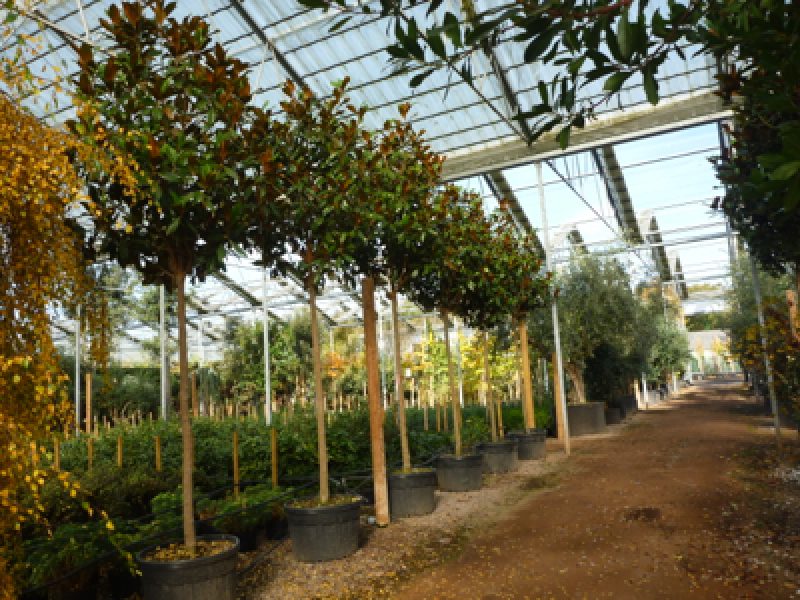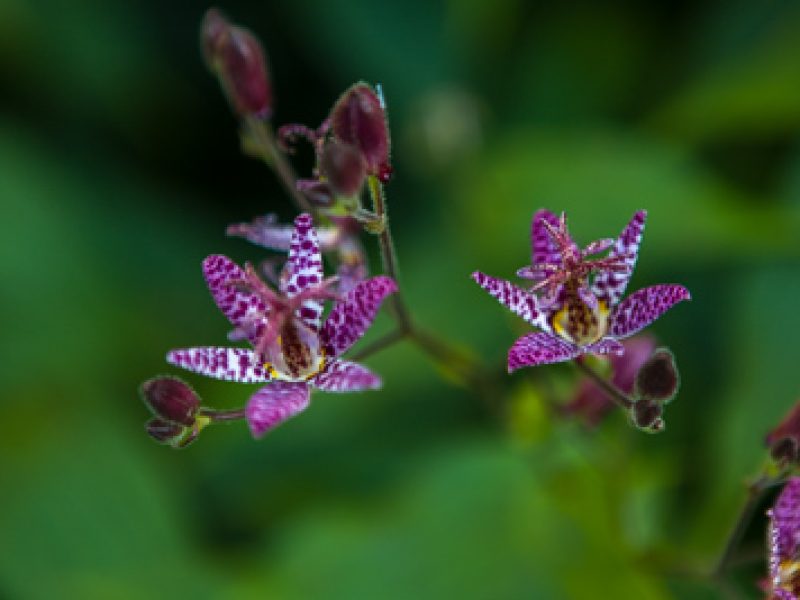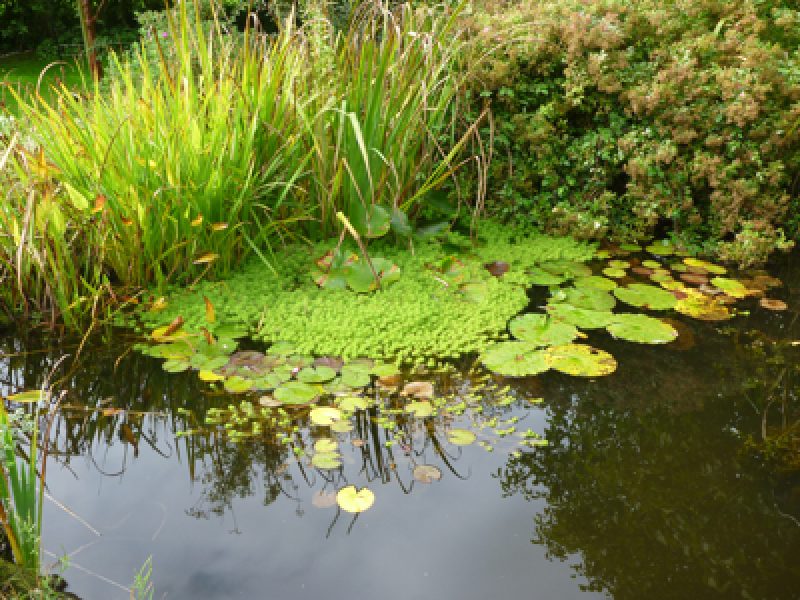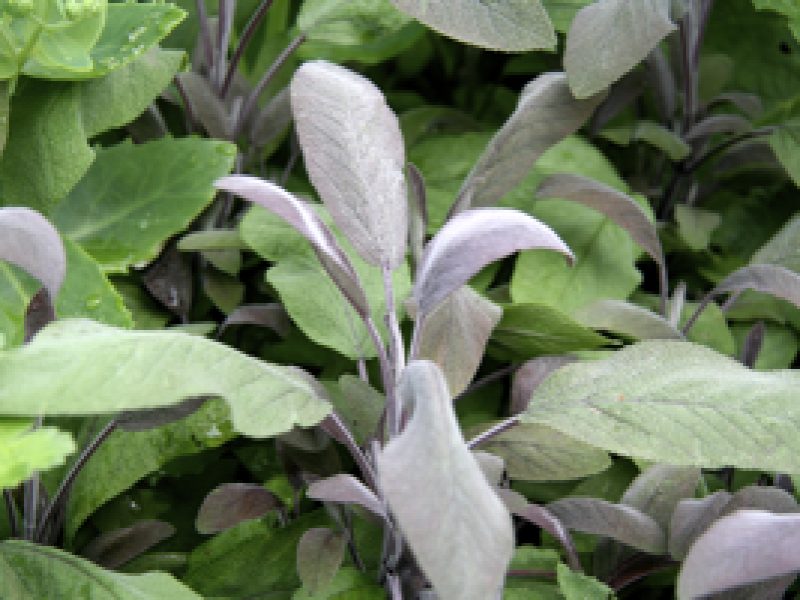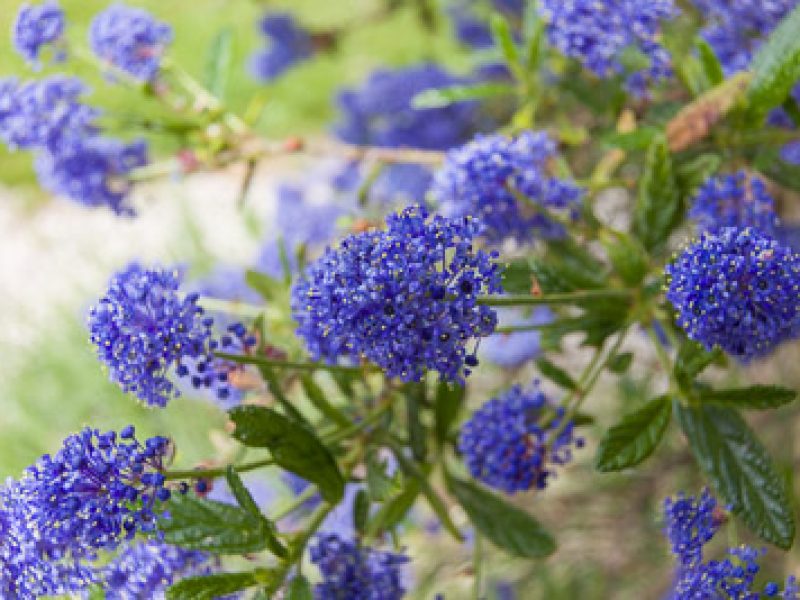It’s very easy to make a garden look attractive in summer when so many plants are at their peak. What’s harder is to create a garden with colour and interest in January and February. That’s why I always try to include shrubby Cornus (Dogwoods) in the gardens I design. In leaf, Cornus are an attractive, if relatively unobtrusive, shrub in a variety of foliage colours – ranging through many shades of green and yellow, or with variegated leaves. But it’s at this time of year when the leaves are long gone, that Cornus really come into their own.
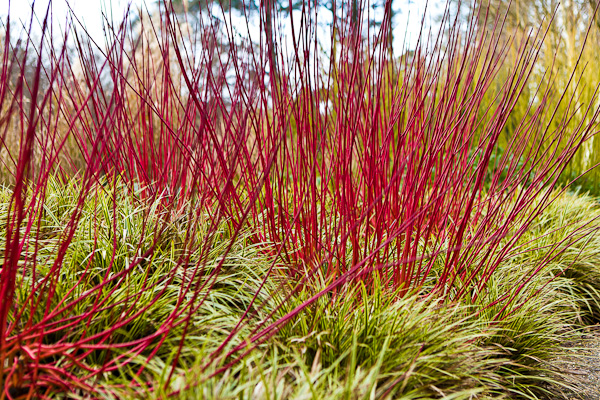
Cornus alba Elegantissima is one of my favourites as I use its creamy white variegated leaf to brighten up dull corners (it’s perfectly happy in partially shady areas), and then in winter the stunning red stems are a real treat.

Cornus will grow in almost any soil, but they do prefer wetter soils. Whilst they will grow in some shade, for winter interest they are best where they catch the sun – so they work well planted in the summer shade of deciduous trees and shrubs. To maintain the stem colour they should be coppiced (entirely or partially if you prefer) in March, and for maximum effect, plant in large groups.

Cornus sanguinea ‘Midwinter Fire’ really lives up to its name with stems of red-orange-yellow, and a lovely fresh green leaf turning a buttery yellow in autumn. In my experience this variety isn’t as happy on drier soils as Cornus alba ‘Elegantissima’ has proved to be, but it’s an easy reliable shrub with a lot of interest for most of the year.
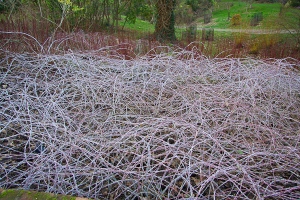
Another plant which offers stunning winter stems is Rubus cockburnianus ‘Golden Vale’. It grows in full sun or dappled shade in well drained, fertile soil, and has white stems. Like Cornus, it will benefit from serious pruning in spring every year, and if left unpruned will reach a height of up to 2.5 metres. This is a vigorous plant which will sucker and spread, so it really needs a lot of room if you’re not prepared to control it!
If you’re looking for other ideas for beautiful winter stems and have a moist soil, consider Salix alba ‘Yelverton’. This willow should also be coppiced in spring if you want to keep it shrub-like at 2m high (as opposed to a 7 metre high tree). Like the dogwoods, it looks great in groups, and near water.

Another great plant to consider using for winter stems is Phyllostachys Aureocaulis, but I really would not recommend planting this bamboo (or its black-stemmed relative Phyllostachys nigra) unless you have a lot of room, or can retain its roots with some sort of barrier.
So if you want a garden with stunning colour in the depths of winter, don’t be seduced by all those amazing flowers on display in the garden centre in May. Really give your garden some thought and plan ahead for every season. Or call us, and we’ll do the planning for you!
Picture credits : Janet Bligh & www.photoforsale.co.uk



